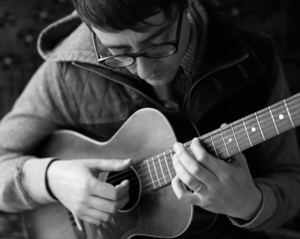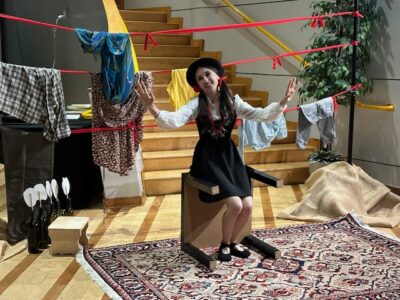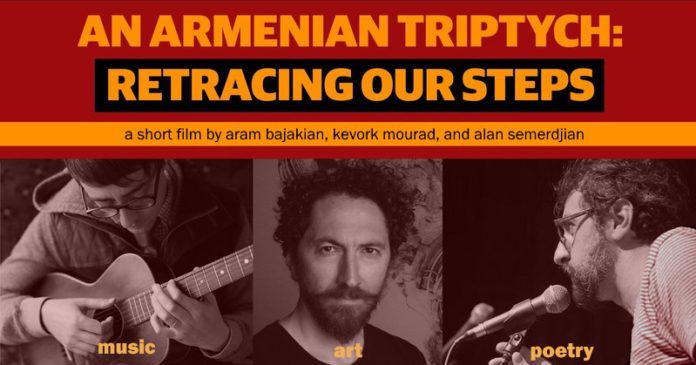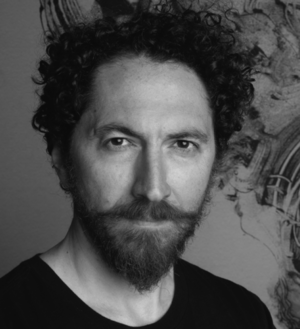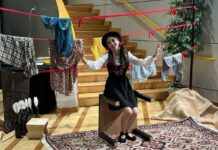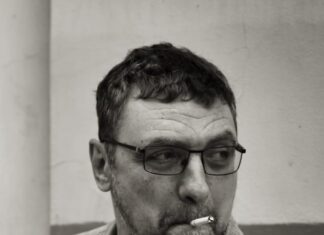NEW YORK — This second experimental video collaboration among artists Aram Bajakian, Kevork Mourad and Alan Semerdjian comprises a poem by Semerdjian titled “Writing about It Again” about his grandfather, while Mourad deftly sketches in pencil drawings about the Armenian past, set to an original haunting musical composition by Bajakian.
All three parts of this triptych were composed independently and meant to carry equal weight.
As Semerdjian narrates his poem, the video shows Mourad creating scenes that are erased and recreated in order to illustrate the history of the Armenian Genocide, which affected the families of all three artists.
The trio first collaborated in 2020 on another historically-based work titled “Grandchildren of Genocide,” a composition by Semerdjian and Bajakian, titled “The Serpent and The Crane” and cover art by Mourad.
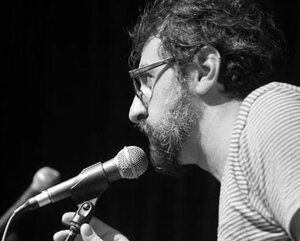
A once-in-a-lifetime event ensued as the album and video garnered hundreds of thousands of views/plays when Kim Kardashian and Serj Tankian both tweeted about it to their fans. Here in this second, ten-minute work, family history and personal biography intersect in both obvious and subtle ways.
There’s talent here in droves, mind you. Bajakian is a guitarist and composer who has toured with the likes of Lou Reed and Diana Krall. Mourad is a performance/visual artist and member of the famed The Silk Road Ensemble, while Semerdjian is an award-winning writer, musician, and educator. The present collaboration is inspired in equal parts by German writer Heinrich Boll’s notion that “the artist carries death with him like a good priest his breviary,” by Armenian Genocide recognition, and by 2020’s Forty-Four Day War in Artsakh. This work seems somehow more personal than its predecessor, describing both the general memory and erasure of the genocide and its many orphans/victims, and more specifically Semerdjian’s family. Topics include the historical towns that the poet has not yet visited, marches that he imagines but cannot quite fathom, as well as the long process of cataloguing his grandfather’s many paintings. At one point, the narrator says “I know it seems old-fashioned”: and indeed this is well-trod territory. But the approach here is different. Mourad’s delicate pencils and Bajakian’s sensitive slightly off-key musical composition combine to create an oddly compelling and highly artful piece. Close your eyes for a bit and simply listen, and the mesmerizing quality of the composition and Semerdjian’s deeply felt verse sinks into you. For Semerdjian truth — or the lack of it — is the central issue to understanding past and present both: “Sorry, indecipherable code. Oh truth, where is your hide? Why must we seek you in the debris?” The poem decries the past while describing one man’s longing to understand what his grandparents experienced in 1915 during the deportations — and how his grandfather in particular was able to recover from such a tragedy. Meanwhile Mourad sketches an original, historical Armenian door, which serves as an entry point into Semerdjan’s memory of his grandfather, as well as into Armenian memory in general. An Armenian manuscript — a traditional symbol of the culture is included as a symbol that crosses time and place both.
